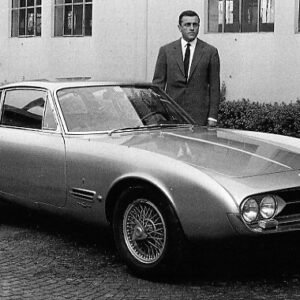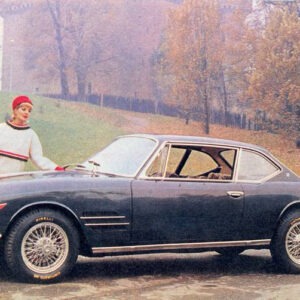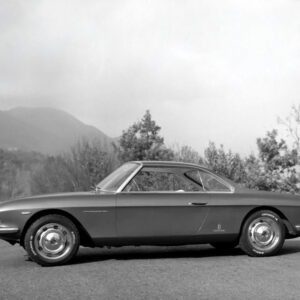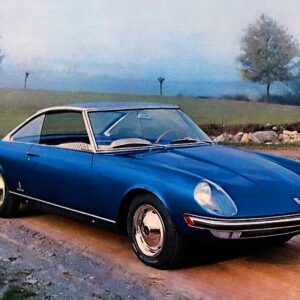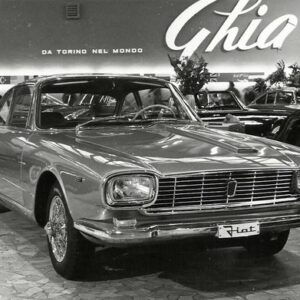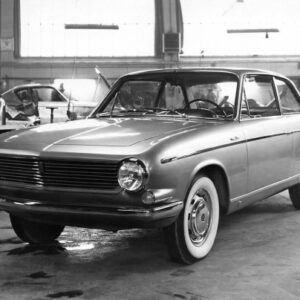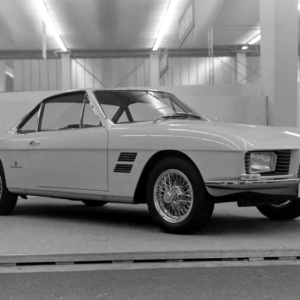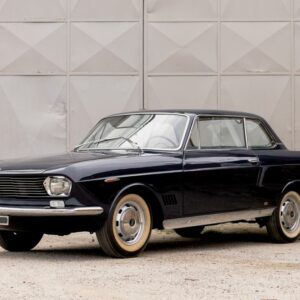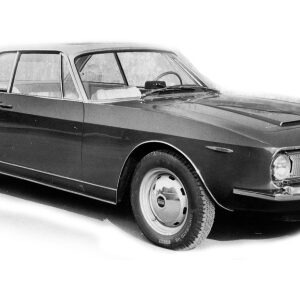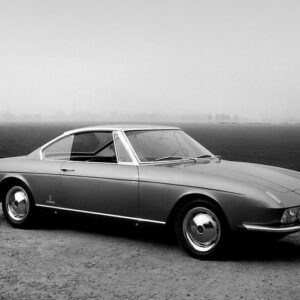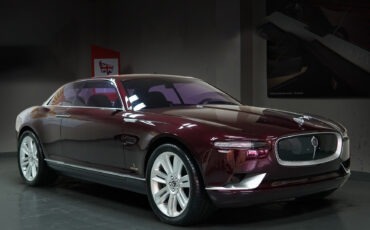
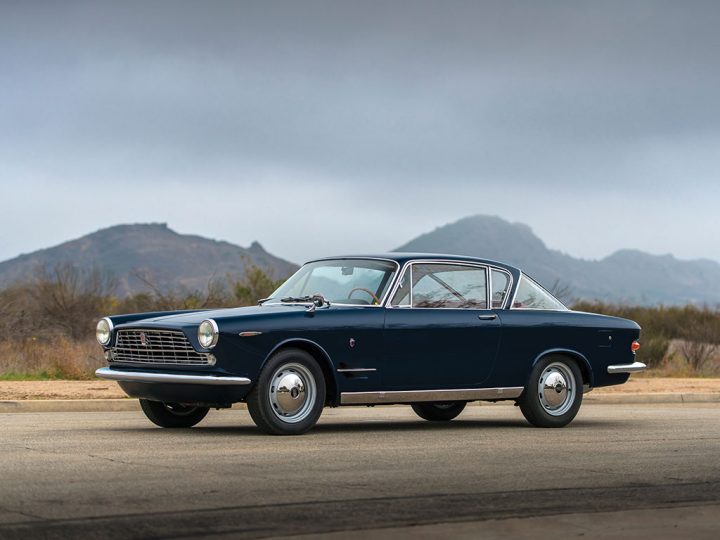
The Fiat 2300 Coupé, a two-door berlinetta from Italian automaker Fiat, epitomized the fusion of style and performance. Built on the platform of the four-door Fiat 2300 sedan, this coupé boasted a distinctive Ghia-designed body and enhanced engines, offering a unique driving experience.
Beyond its standard design, the Fiat 2300 Coupé showcased versatility with special customizations, catering to a market increasingly valuing individuality and personal expression.
Available in two versions—the standard Fiat 2300 Coupé and the more powerful Fiat 2300 S Coupé—both shared a commitment to elegance and meticulous design. Dubbed the “affordable Ferrari” of the 1960s, this car captured hearts with its blend of style and accessibility, serving as a testament to Italian craftsmanship and automotive heritage.
In this chapter, we delve into the timeless allure and dynamic expression of the Fiat 2300 Coupé, exploring how it not only graced the roads but also captivated enthusiasts, earning its reputation as an attainable dream car.
The Design
The Fiat 2300 Coupé, born from the creative collaboration between Ghia’s Chief Designer, Sergio Sartorelli, and American designer Tom Tjaarda, made its debut as the prototype Fiat 2100S Coupé at the 1960 Turin Motor Show. This precursor, built on the chassis of the older 2100 cc engine, paved the way for the refined production model.
Unveiled at the Geneva Auto Salon in 1961 and not altered in design, the Fiat 2300 Coupé hit the market six months later, showcasing its distinctive body based on the newly launched and more potent Fiat 2300 saloon.
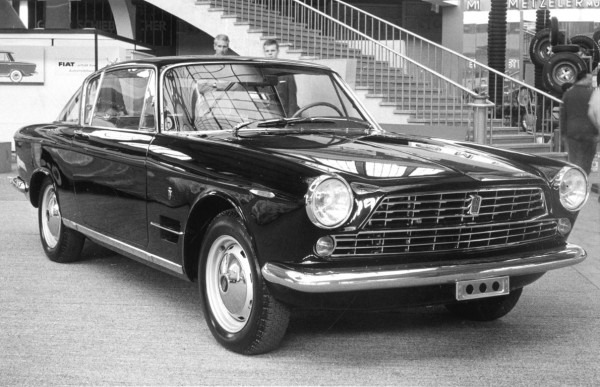
Sartorelli and Tjaarda’s collaborative masterpiece echoed the spirit of contemporaries like ASA 1000 GT and Ferrari 250 GT while carving out its unique identity. The exterior design seamlessly blended elegance and performance, with round headlights framing a charismatic face and an elongated hood leading to an airy greenhouse, reminiscent of the era’s aesthetic.
One standout feature was the meticulously crafted roof pillars, where delicate A-pillars leaned towards the rear, mirroring the curvature of the C-pillar. The three-part rear window, an engineering feat by Ghia led by Sergio Coggiola‘s team, not only offered a panoramic view but also served as a pragmatic solution to technical constraints, creating an aerodynamic and visually captivating silhouette. Sergio Coggiola adopted a similar solution for the windscreen of the 1956 Chrysler Norseman, which disappeared in the Atlantic Ocean.
Despite its visual distinctiveness, the 2300 Coupé seamlessly integrated into the standard chassis of the 2300 saloon. Sharing core components, it maintained an identical wheelbase but boasted a slightly wider track for enhanced stability and handling.
Inside, the marriage of elegance and performance continued, with round dash gauges, vinyl seats for comfort and style, and a Nardi wood-rimmed steering wheel adding a touch of sophistication to the driving experience. The Fiat 2300 Coupé emerged not just as an automobile but as a testament to the Italian flair for design, blending aesthetic allure with driving prowess.
Under the Hood: Unveiling the Engineering Marvels of the Fiat 2300 S Coupé
Underneath the stylish exterior of the Fiat 2300S Coupé lay a powerhouse that defined the essence of grand touring performance. At its heart beat a formidable 2.3-liter engine, an engineering marvel that set the stage for an exhilarating driving experience.
In its standard configuration, the engine of the 2300S Coupé delivered a respectable 105 brake horsepower (BHP), providing a blend of efficiency and driving pleasure. Yet, for those who sought an extra dose of excitement, Fiat collaborated with the legendary tuning experts at Abarth to create a special version that would elevate the driving dynamics to a whole new level.
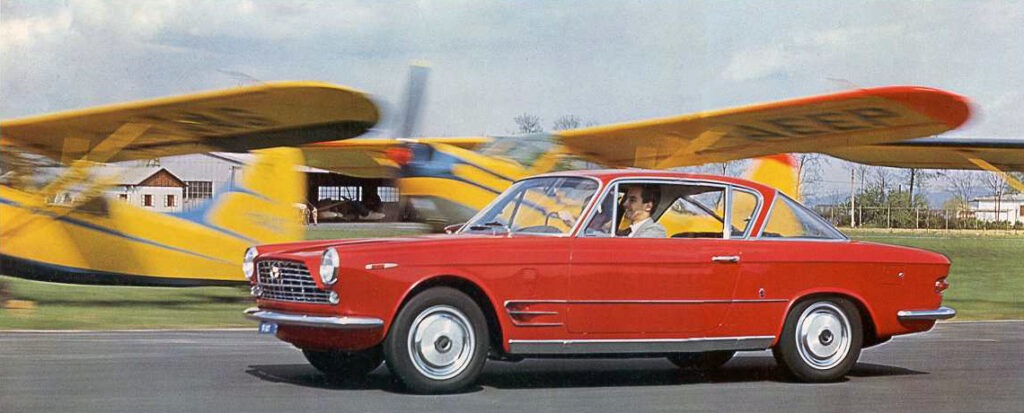
Abarth’s touch transformed the 2300S Coupé into a high-performance masterpiece, boosting the power output to an impressive 136 BHP. This remarkable increase was achieved through a series of meticulous modifications, with a notable highlight being the addition of an extra Weber carburetor. The result was an engine that not only roared with authority but also responded with precision, delivering a driving experience that left enthusiasts yearning for more.
To complement this newfound power, the Fiat 2300S Coupé featured a sophisticated braking system that showcased the commitment to both safety and performance. The four-disc brake setup, coupled with two separate brake circuits, each equipped with a brake booster, ensured that the grand tourer could come to a stop with confidence and control. Adding to the precision was a load-sensitive brake force limiter on the rear axle, a feature that further enhanced the braking dynamics, especially during spirited driving.
The Fiat 2300S Coupé Ghia's Commercial Odyssey
The journey of the Fiat 2300S Coupé Ghia through the commercial landscape was marked by elegance and charm, yet overshadowed by a series of daunting challenges. Despite its undeniable allure and the initial wave of positive reception, the path from production to market proved to be a test of endurance.
Manufacturing of the 2300S Coupé was a decentralized affair, with different components produced across multiple facilities. While Fiat handled the assembly of the chassis, Ghia initially took charge of crafting the body. However, as demand surged and Ghia’s production capacity reached its limits, OSI stepped in to shoulder the responsibility of body fabrication and vehicle assembly.
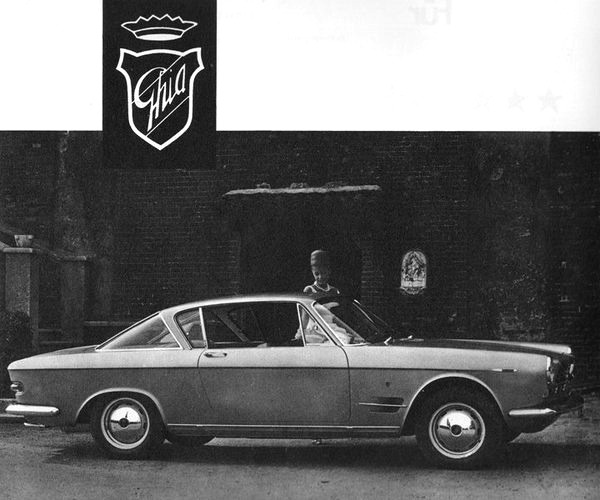
The intricate dance of production didn’t end there. Upon completion, the S Coupés underwent rigorous testing and fine-tuning at Abarth, ensuring that each vehicle met the exacting standards of performance and quality. However, even with these measures in place, the demand for the Fiat 2300S Coupé far outstripped the combined production capacity of Fiat, Ghia, and OSI.
The consequence of this demand-supply mismatch was painfully evident in the lengthy wait times endured by eager customers. With delivery periods stretching to approximately one and a half years, patience became not just a virtue but a necessity for those eagerly anticipating the arrival of their coveted vehicle.
Despite the commercial hurdles encountered along the way, a modest number of approximately 7,000 units of the Fiat 2300S Coupé Ghia were produced between 1962 and 1968. While this figure may seem underwhelming given the vehicle’s grandeur and initial enthusiasm, it speaks to the perseverance of Fiat and its partners in navigating the turbulent waters of automotive production.
Bespoke Beauties: Coachbuilt Variants of the Fiat 2300 S Coupé
As Fiat’s flagship model, the 2300 S Coupé became a canvas for Italy’s esteemed coachbuilders, resulting in a gallery of bespoke creations that extended beyond the boundaries of conventional automotive design.
Carrozzeria Francis Lombardi, following their success with the 2100 Rocket show car, crafted a seven-seater representational limousine based on the 2300, showcasing the versatility of the platform. Meanwhile, Ghia, under the design expertise of Sergio Sartorelli, birthed the iconic 2300 Coupé, later expanding its repertoire to include a convertible and a spacious fastback shooting brake derivative named the Club. Only three convertibles and two Clubs were brought to life. Eventually, Ghia wanted also to built a sedan based on the design of the Coupé.
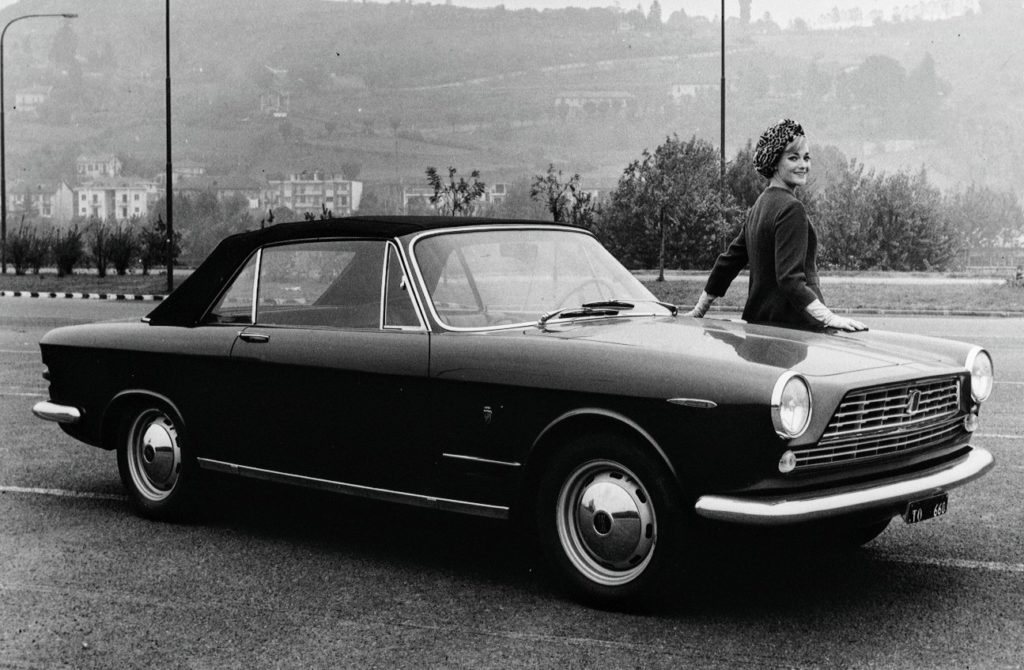
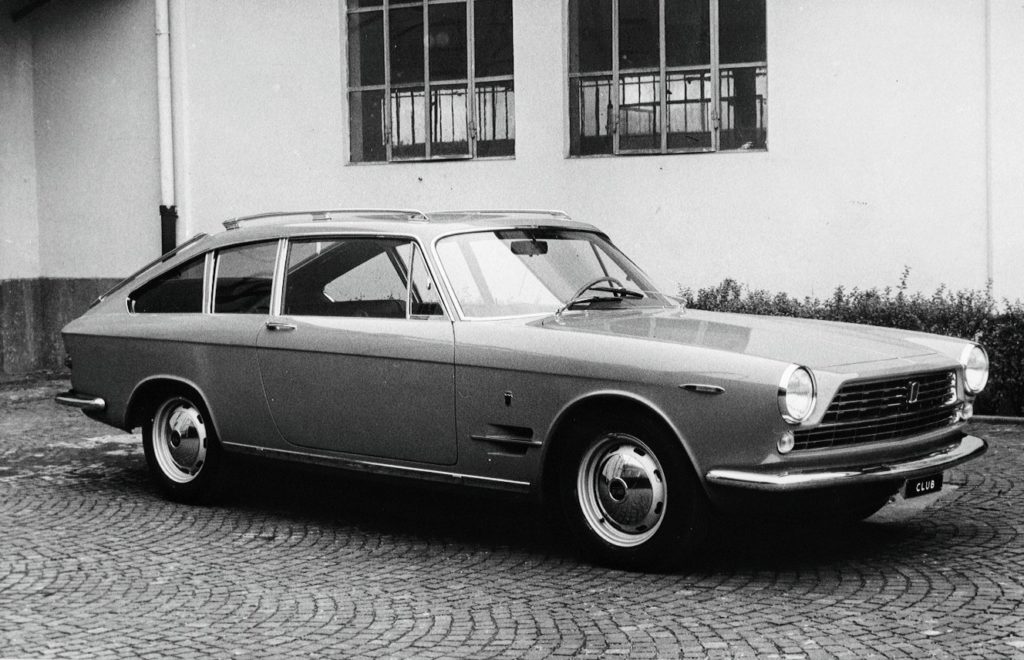

Beyond the realm of production, the coachbuilders ventured into exclusive sportscar studies, notably the Ghia 230 S, a breathtaking creation that built upon the Fiat 2300 S Coupé chassis. Introduced at the Turin Auto Salon in 1963, its captivating design earned it the title of “the most beautiful car of the show.” Although officially stated as a singular production, whispers in the automotive corridors suggest the existence of one or two more, crafted upon special requests.
Moretti, in limited numbers, crafted a sportscar based on the 2300 S, known as the Moretti 2500 SS. Offering both coupé and cabriolet options, it showcased Michelotti’s design influence.
The Fiat 2300 S Lausanne, a unique creation by Pininfarina, paid homage to the Swiss Confederation at the 1964 Lausanne National Exhibition. This exclusive specimen, powered by a Fiat 6-cylinder in-line engine, stood as a testament to the fusion of Italian craftsmanship and international inspiration.
In 1964, Pininfarina unveiled another masterpiece at the Turin Motor Show—the Fiat 2300 S Coupé Speciale V. A 2-seater coupé speciale with a design focused on aerodynamics and aesthetics, this model was the fifth in a series based on the Fiat 2300 S chassis.
Other one-off creations included the Fiat 2300 S Coupé Vignale, presented at the 1962 Turin Auto Salon, the Fiat 2300 Coupé Tigullio, displayed at the Geneva Auto Salon in 1964 and the Fiat 2300 Coupé Michelotti showcased at the 1966 Geneva Motor Show. Unfortunately, these bespoke designs remained unique expressions of automotive art, never making it to full-scale production.
The Fiat 2300 S Coupé Savio, born from the collaboration between Carrozzeria Savio and Michelotti, saw four prototypes, each distinct in its design. Another singular vision came to life with the Fiat 2300 S Coupé Gazzella, a one-off masterpiece by Carrozzeria Boneschi, featuring the innovative Linea Tese design concept.
These coachbuilt variants of the Fiat 2300 S Coupé, each a testament to artistic innovation and engineering prowess, transformed the flagship model into a personalized symphony of automotive elegance.

